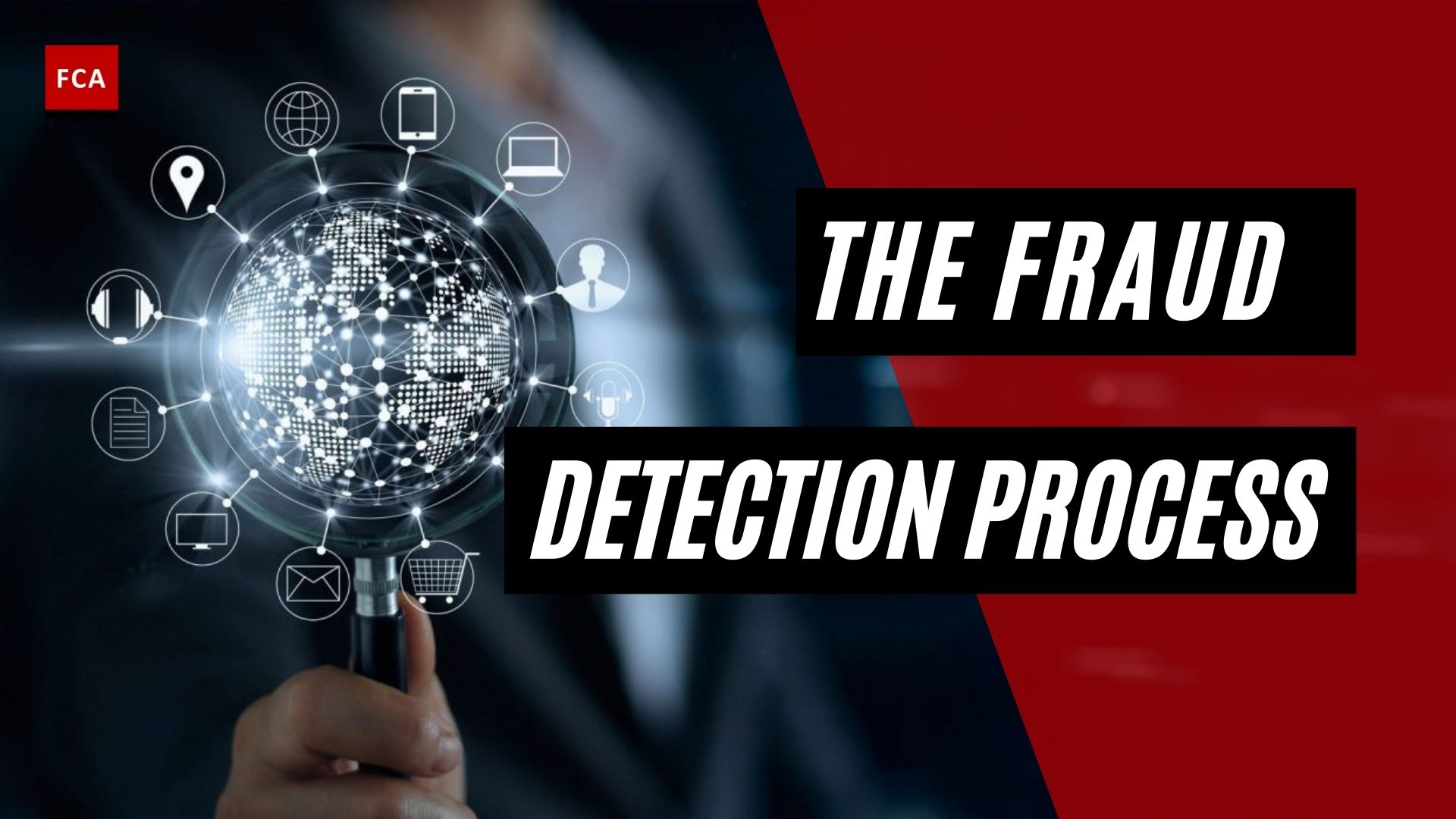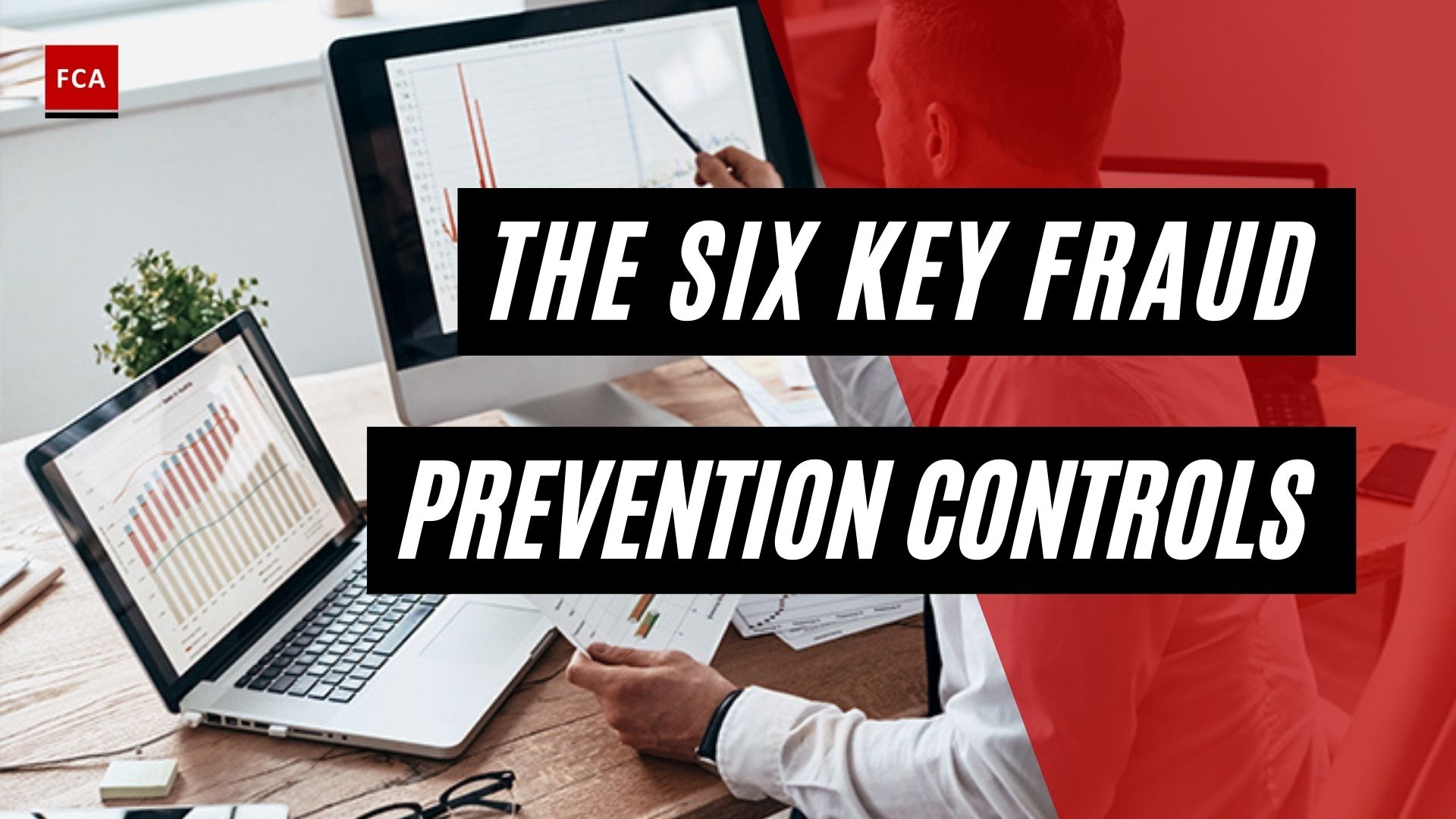Assess the impact of identified inherent fraud risks. Once the definition of impact and likelihood is defined to be used for risk assessment purposes, the inherent impact risk assessment is performed for identified fraud risks. Impact means the financial loss the organization may face if the fraud risk occurs. The impact may also be linked with the organization’s reputation, but usually, quantification elements are considered to assess the inherent impact of the fraud risks.

Assess The Impact Of Identified Inherent Fraud Risks
The Impacts may be analyzed in different forms, such as:
- Catastrophic
- Major
- Moderate
- Minor
- Incidental
Catastrophic Impact
It means the financial loss to the company is more than $10 million causing international long-term media coverage and widespread employee morale issues. Catastrophic impacts cause multiple senior leaders to leave the organization. The regulators impose significant sanctions and financial penalties in catastrophic impacts of frauds because it usually happens due to weak internal controls and poor governance structure.
Major Impact
It may be financial loss faced by the company in a range of $100,000 and $10 million, causing national long-term media coverage and widespread employee morale problems and turnover.
Moderate Impact
It may include financial losses to companies ranging between $10,000 and $100,000, causing short-term regional or national media coverage resulting in widespread employee morale problems.
Incidental Impact
It may include financial losses to the company ranging between less than $1,000. No media coverage is made, and some employees may be dissatisfied. Such incidental losses and frauds do not need to be reported to authorities.

How Inherent Risk Is Assessed By Auditors
Auditors are extremely important in the financial sector. These professionals serve as impartial third parties, reviewing financial statements to ensure they are fair and accurate. This is accomplished through routine audits, which are reviews that may include financial examinations of corporate financial statements, as well as compliance issues and internal controls pertaining to a company’s financial reporting.
Internal and external auditors conduct audits. Internal auditors are employed by a company. Their audits serve as management tools for identifying process and internal control improvements. External auditors frequently review corporate financial statements and internal controls.1 In either case, auditors must identify any errors and inconsistencies. The risk posed by these errors is referred to as inherent risk. Continue reading to learn more about inherent risk and how auditors assess it.
Auditors use inherent risk to assess the risk of material misstatement in a company’s financial statements associated with a specific line item or audit area. It is primarily evaluated based on the auditor’s knowledge and judgment regarding:
- The entire industry
- The types of transactions that take place within a specific company
- The assets owned by the company
Each audit area in financial reporting or internal controls is rated as low, medium, or high in inherent risk by an auditor. When there is a higher chance of material misstatement, the inherent risk is high. It may also rise for businesses that have complex and dynamic day-to-day operations. Certified public accounting (CPA) firms design audit procedures for associated accounts based on the assessed level of risk of material misstatement.
Final Thoughts
Even if an auditor finds no material misstatements in a company’s financial statements, there are risks. This is referred to as audit risk. Despite being given the green light, statements may still contain inconsistencies.
Control risk, detection risk, and inherent risk are the three types of audit risk.
Control risk occurs when a company’s internal practices fail to prevent misstatements. In contrast, detection risk occurs when an auditor fails to detect any risks. But what about the inherent danger? Any risk that occurs naturally when there is no risk management in place to mitigate it is considered inherent risk. Simply put, it is unavoidable.








